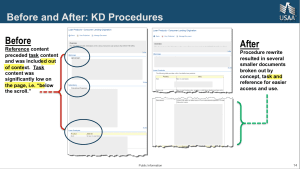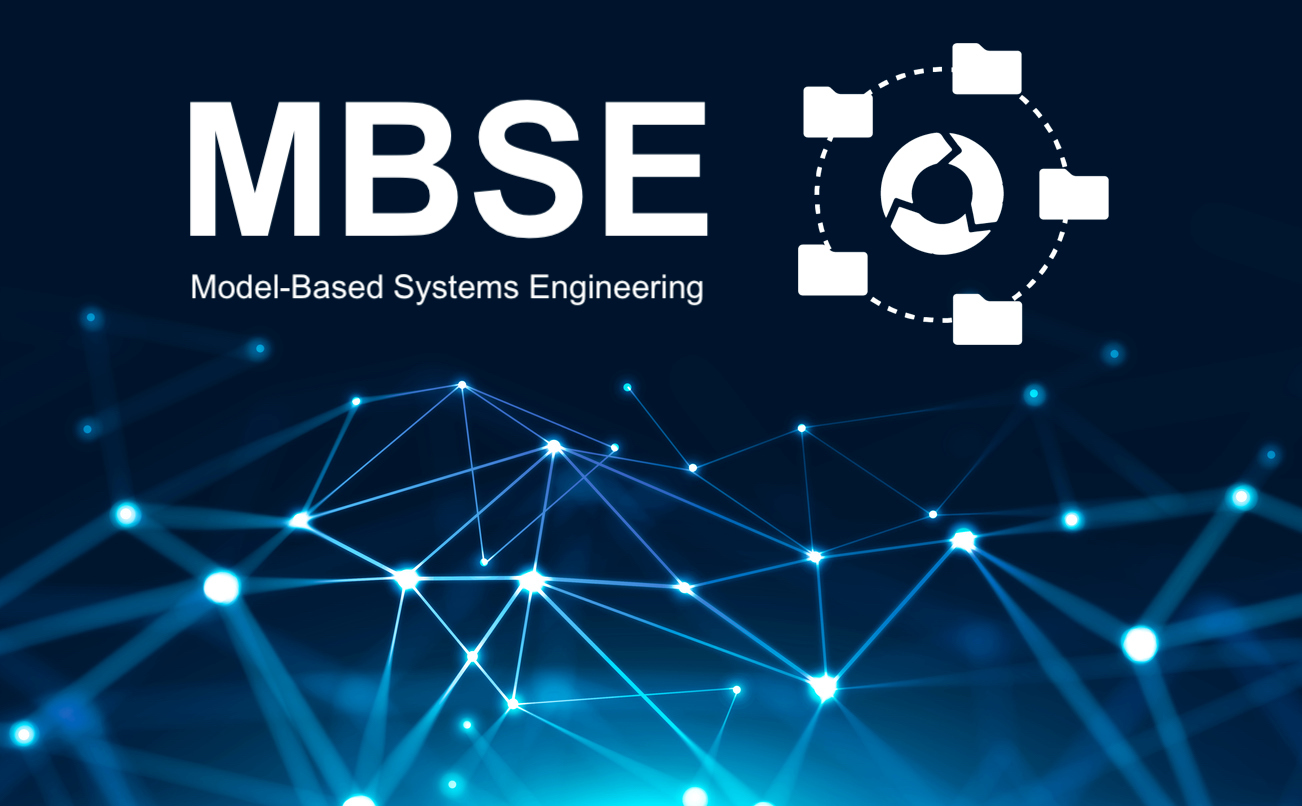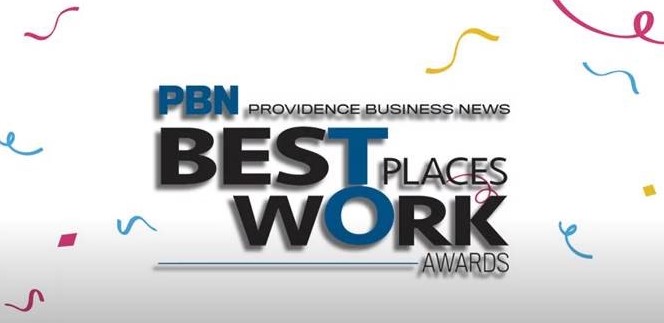By George Selix, former Executive Director of Content Management at USAA
The content management group at USAA, as in many companies, builds and maintains content used in training & development programs at the company. The team also manages the company’s knowledge base—which turned out to be a blessing in disguise.
Referred to as Knowledge Development (KD) within USAA, the knowledge base housed 16,000 articles and entries that USAA’s 15,000 Member Service Representatives (MSRs) used to look up policies, procedures, or to answer questions for member customers.
Different business units (BUs) were responsible for populating KD. But, when a BU initiated a change in their products or processes, the content management team was not updated. They were not included in the change management process! This probably sounds familiar to many content professionals.
In addition, loose standards in KD made it difficult for MSRs to find the information they needed. The data was unstructured. Articles ranged from three sentences to 50 pages. This made it difficult for MSRs to find materials and to support USAA members. Unless someone in the BU mentioned a change, KD was almost guaranteed to be out-of-date with training materials. This resulted in learners getting less-than-current information. Obviously, this was not a good experience for the learner and a bad experience for the business.
Now to the blessing-in-disguise part: Given that the content team was responsible for both training & development and KD, we thought there must be a way to connect the two and solve three primary problems:
- MSRs found it difficult search and find information in KD
- Training content was often out-of-date, not in sync with KD
- Maintaining KD and training content separately meant that the content team was duplicating a lot of work
 After talking with Rite-Solutions about structured content and Darwin Information Typing Architecture (DITA), a light bulb went on! DITA could provide a taxonomy for our content in KD!
After talking with Rite-Solutions about structured content and Darwin Information Typing Architecture (DITA), a light bulb went on! DITA could provide a taxonomy for our content in KD!
So, we decided to pilot a structured content initiative with a small, agency group at USAA. Of the group’s 500 unstructured articles, there were 40 that were used almost daily. We didn’t need a Pareto analysis to tell us that we should start with this material. Working with the business unit, we restructured the articles in KD using the DITA framework. This broke the content down into small, reusable “chunks” of information. We also deconstructed training materials and linked these chunks of information to our training materials. We inserted KD content wherever we could!
The results were just what we hoped for:
- We saw a 70% reduction in the effort to maintain content and do revisions. A little up-front work to build DITA templates used to enter KD content saved a lot of time on the back end.
- Linking KD content to training materials eliminated a lot of duplicated work for the content management team.
- By linking KD content to training materials, the materials were always current. When the business changed KD content, training material changed.
- The content in KD was easier to find, use, and consume. While we didn’t have stats from the call center at the time (for example, average handling time, resolution time, member satisfaction), MSRs said finding the information they needed in KD was much easier and more accurate.
- In addition, because employees were working with KD in training, they developed a familiarity and trust with the content in KD on the job. After this pilot, we moved to bigger pilots and had similar results.
Then something unexpected happened. We found that structured content could help USAA become more compliant with regulators such as the Federal Reserve, Office of the Comptroller of the Currency (OCC), and the FDIC. Ensuring training content is current for 31,000 employees and streamlining content in KD for 15,000 MSRs became the #1 risk-related initiative in the company.
USAA has been running hard with it, ever since. What started as a small pilot project with 40 articles has become an enterprise-wide effort. Of the 16,000 KD articles (which could be 200,000 articles in DITA) the company converted all high-risk and high-volume content by the end of 2017. USAA continues to convert content today.
In hindsight, the improved call-handling metrics and up-to-date training materials are just a bonus. Knowing that content given to employees and MSRs is compliant, is the biggest value.






